Koalas are the cutest things on Earth that people outside of Australia will never see in real life. They also smell like the worst parts of a wet pug. Koala, A Natural History and an Uncertain Future is a narrative look at these marsupials that are only able to eat one thing. And even then, that Eucalypti tree might not be the correct species, which means that our cuddly little friend won’t eat it. Throughout history the koala has almost been an afterthought; when Europeans first landed in Australia they didn’t notice them for a decade and it took another 20 years for them to actually be studied.


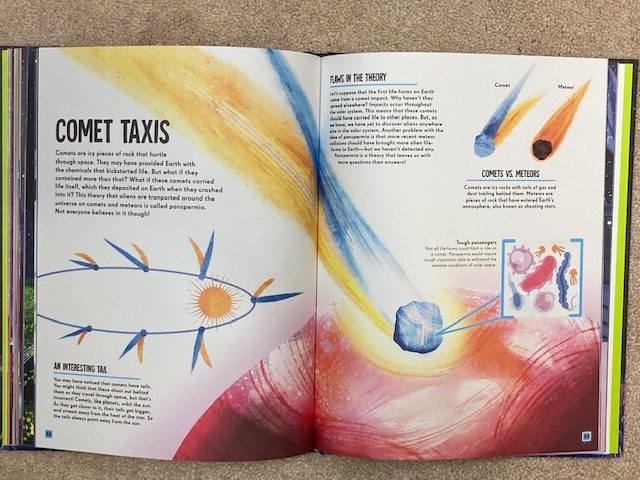
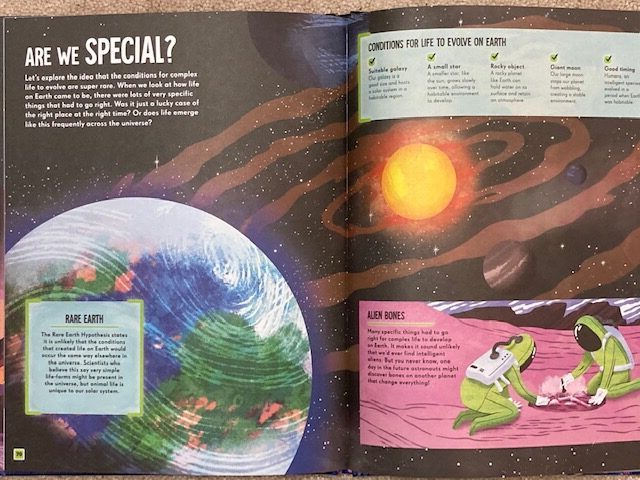
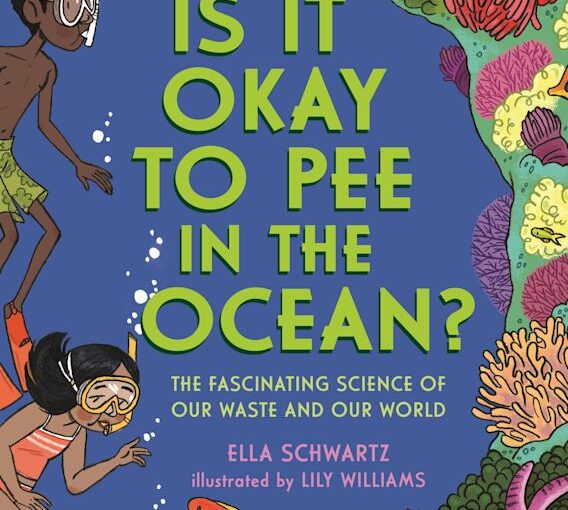

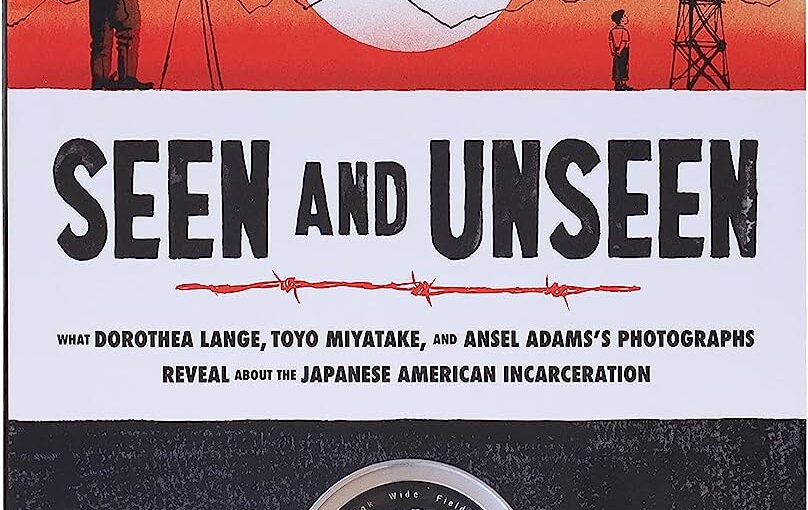
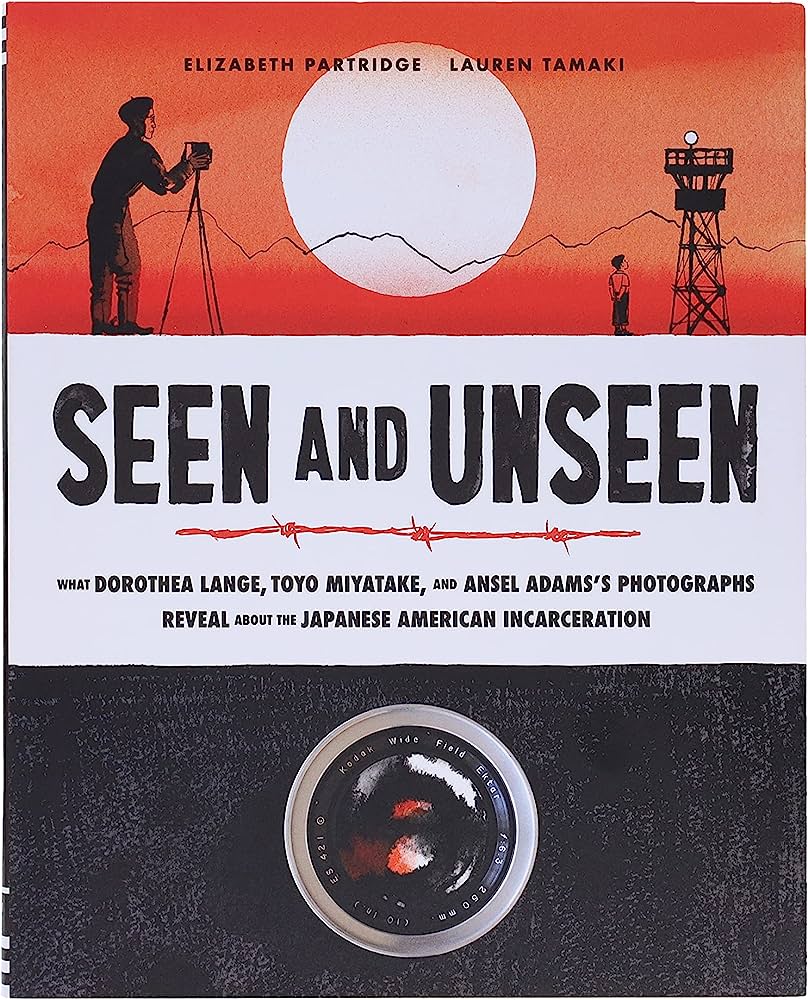
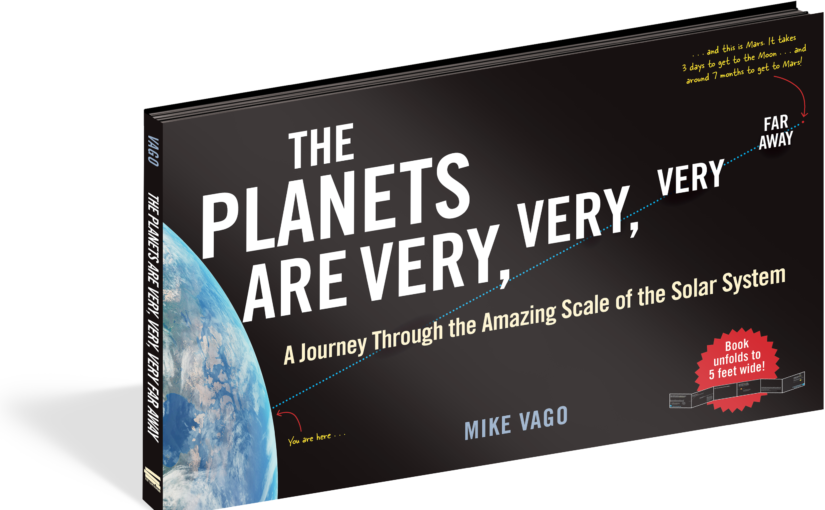
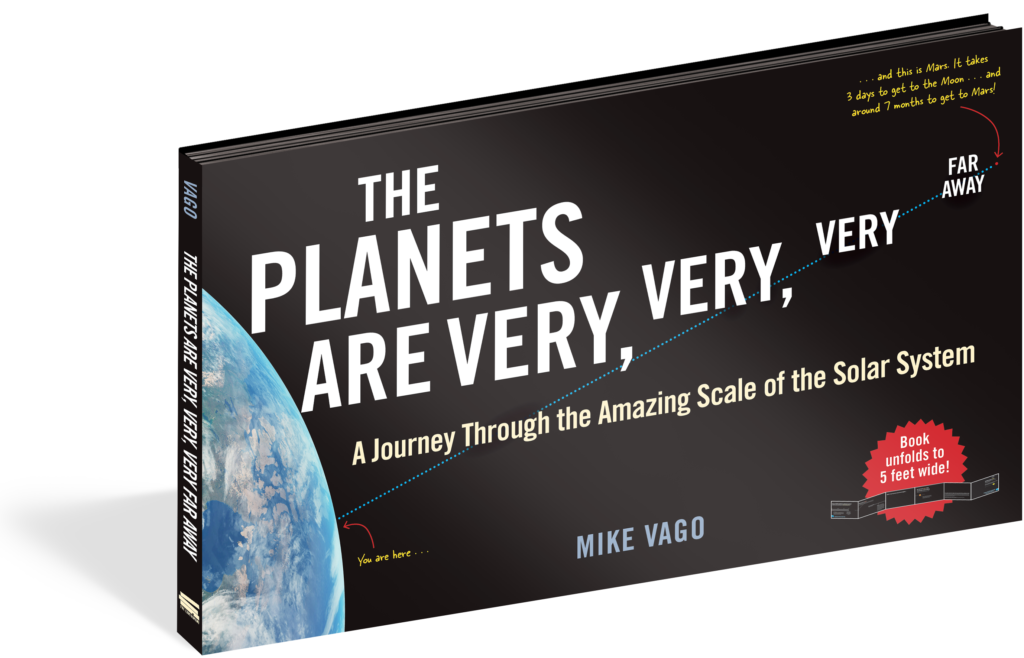
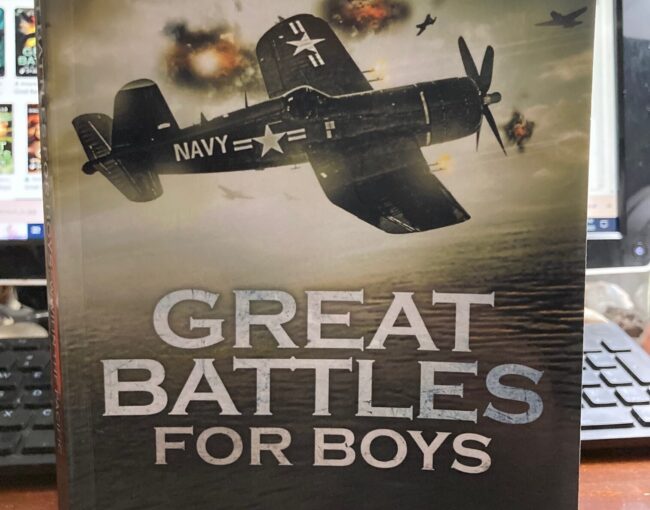
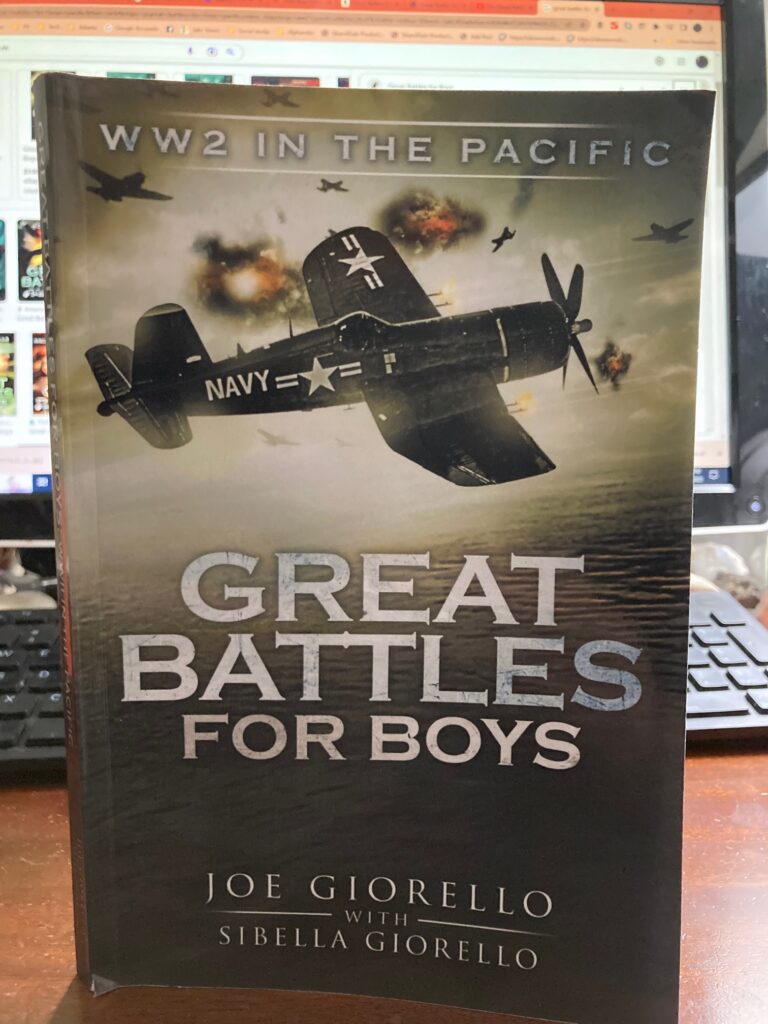
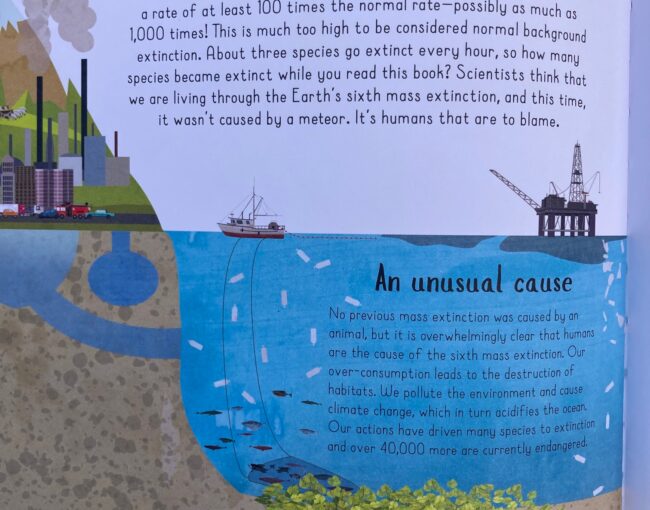
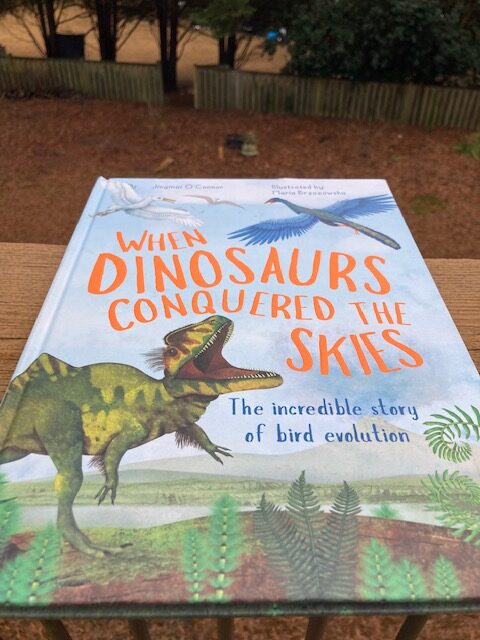
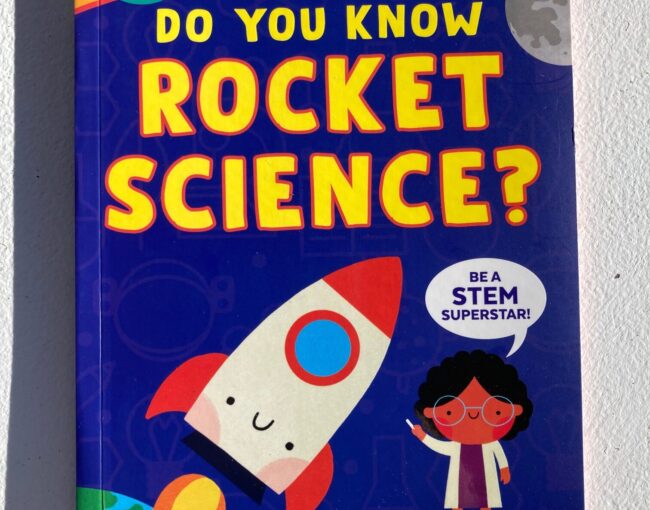
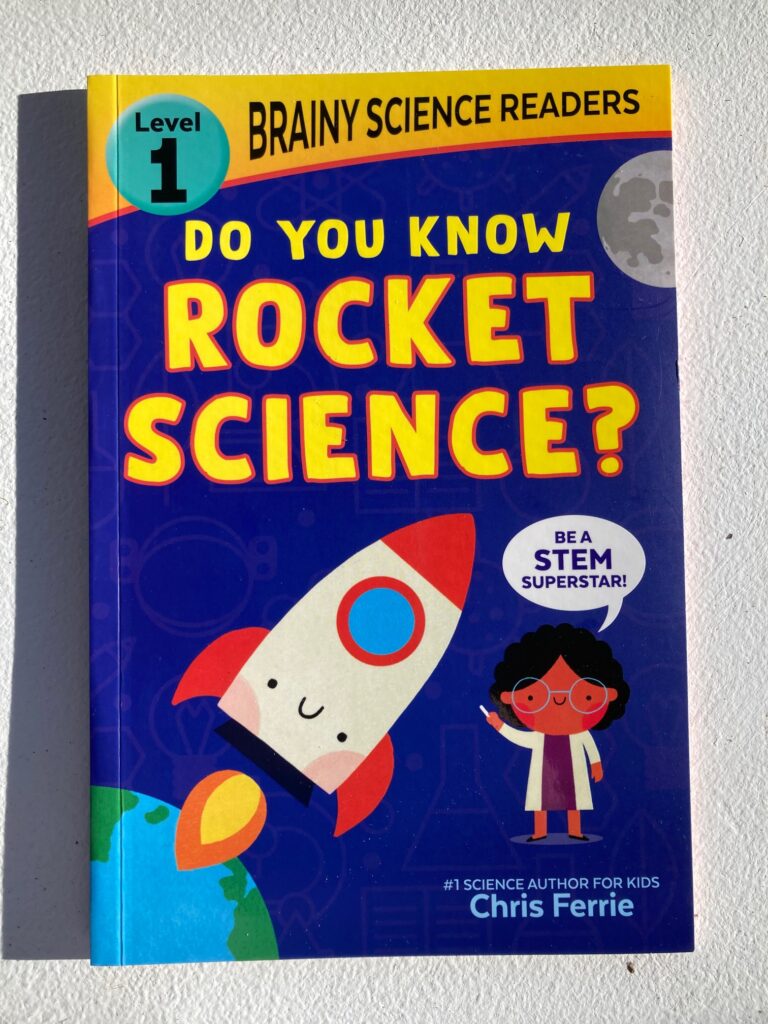


 Facebook
Facebook Twitter
Twitter Flickr
Flickr GooglePlus
GooglePlus Youtube
Youtube